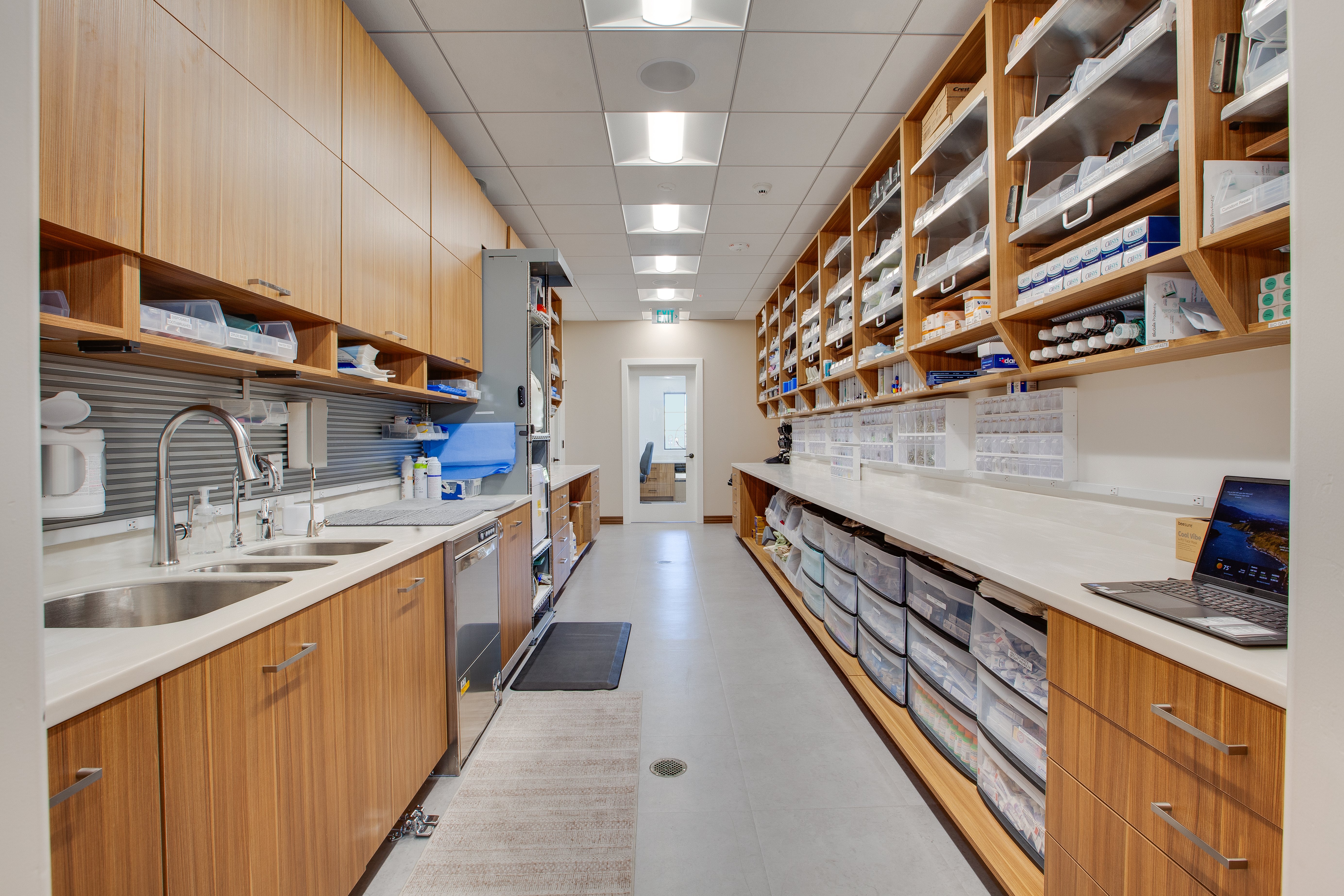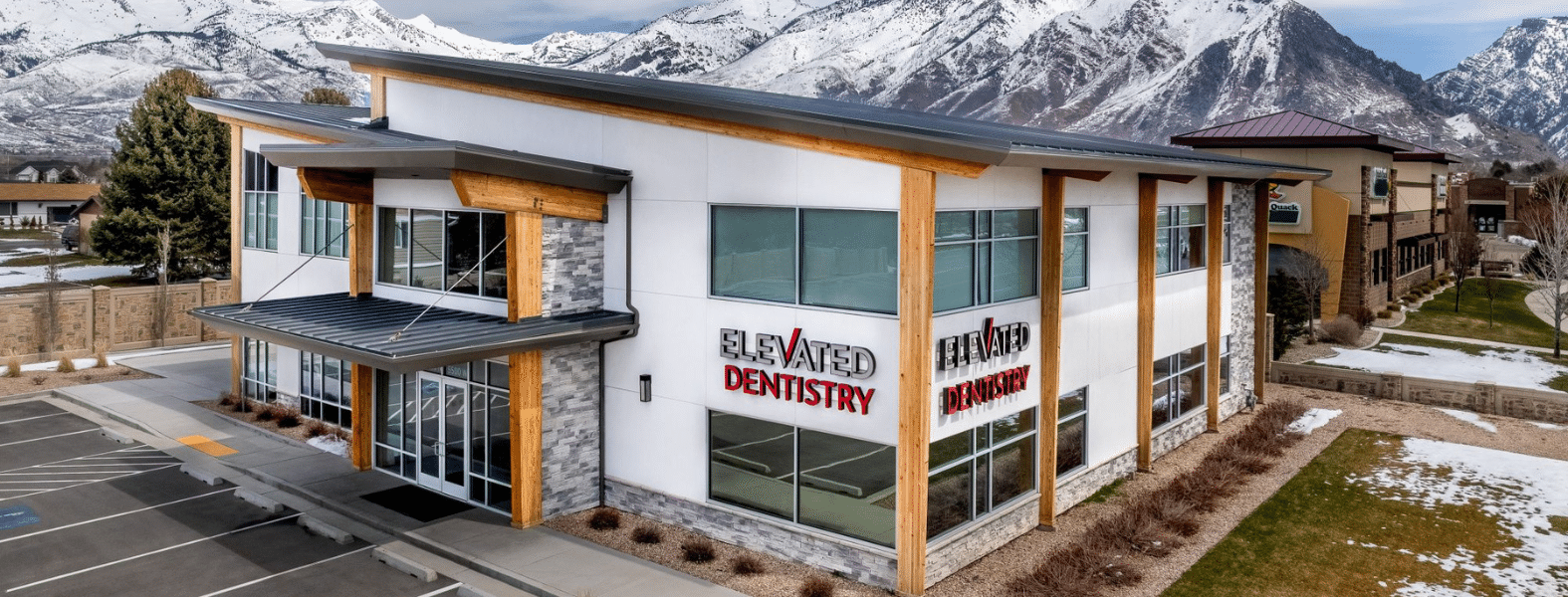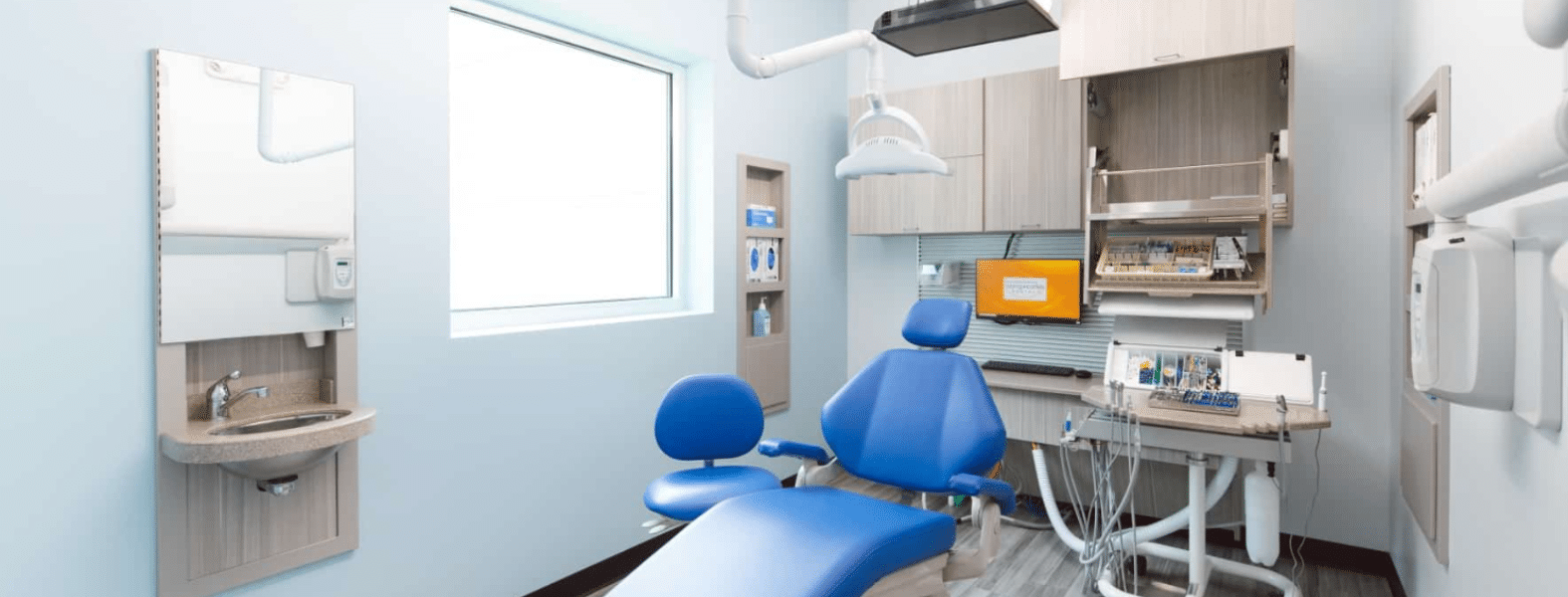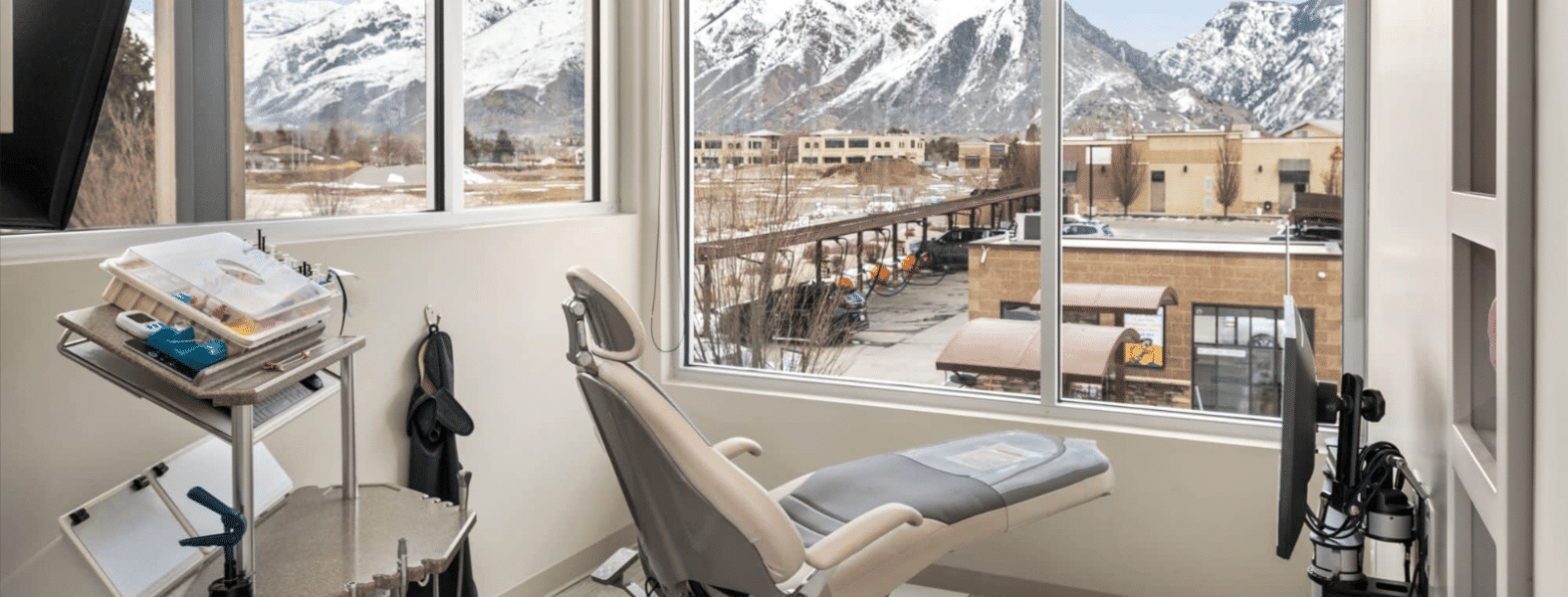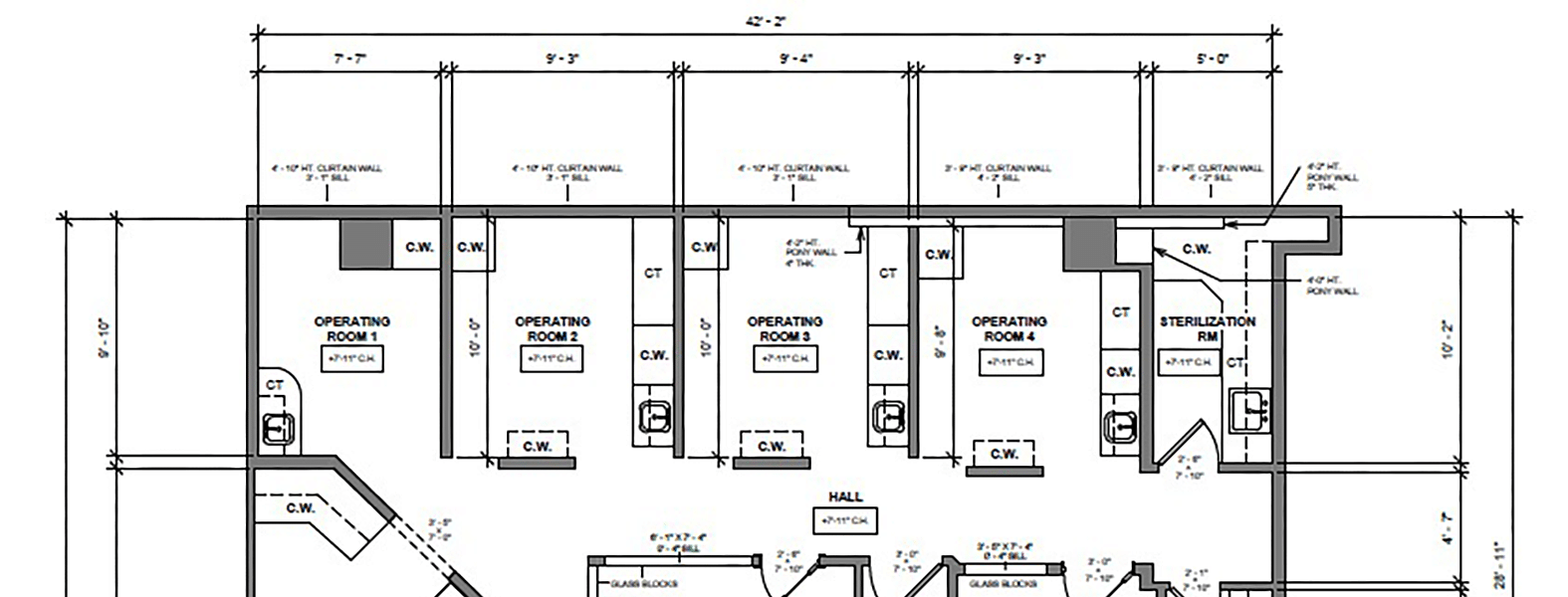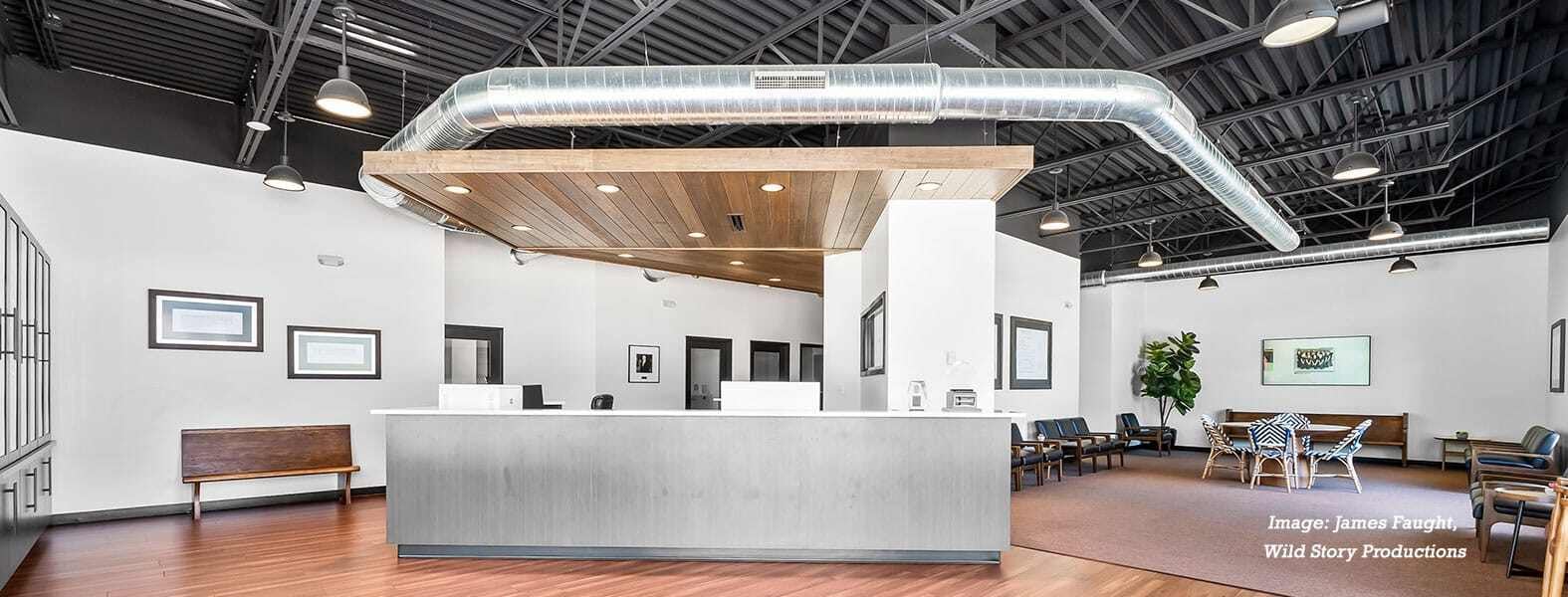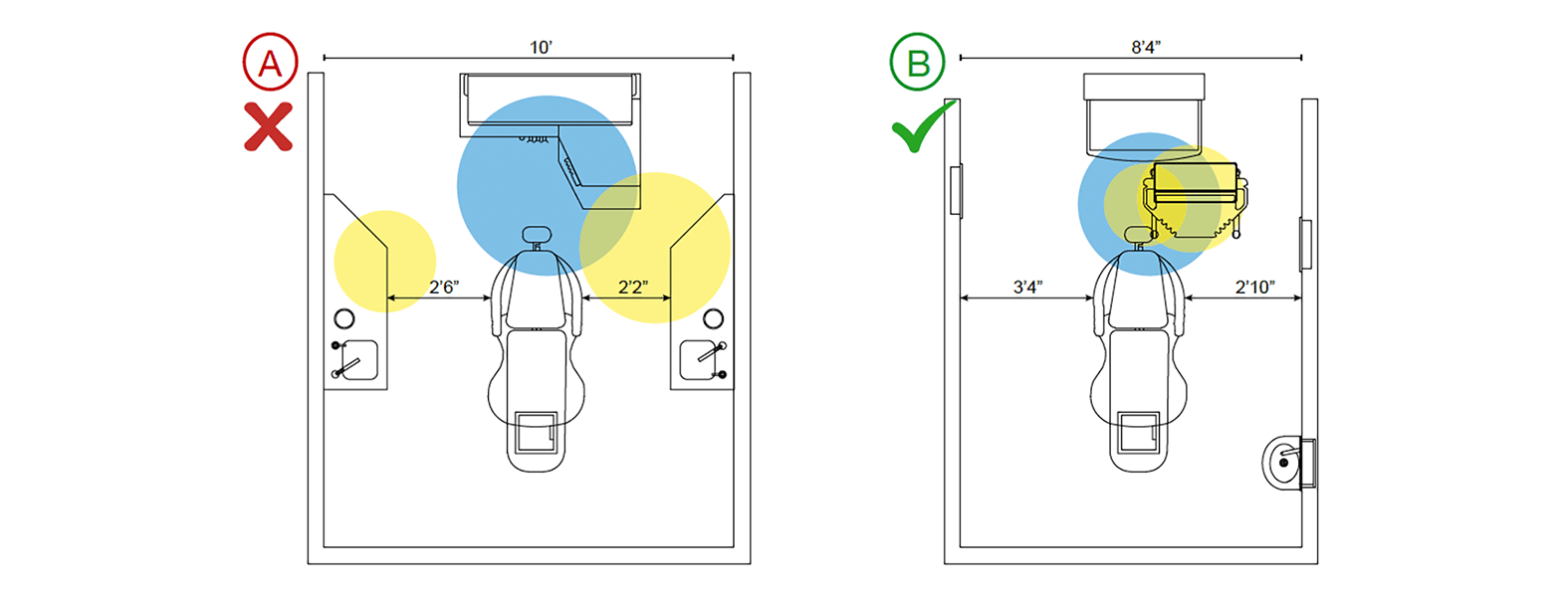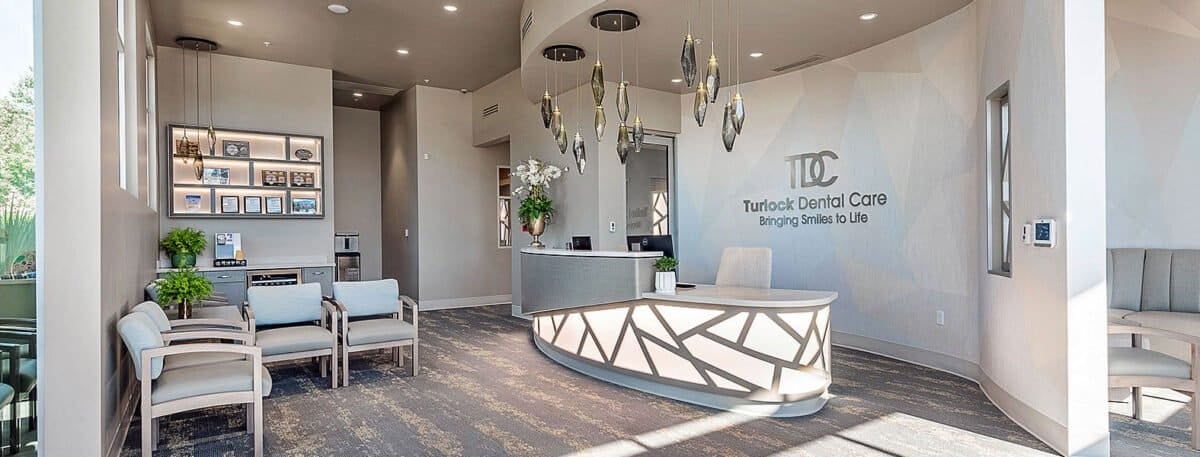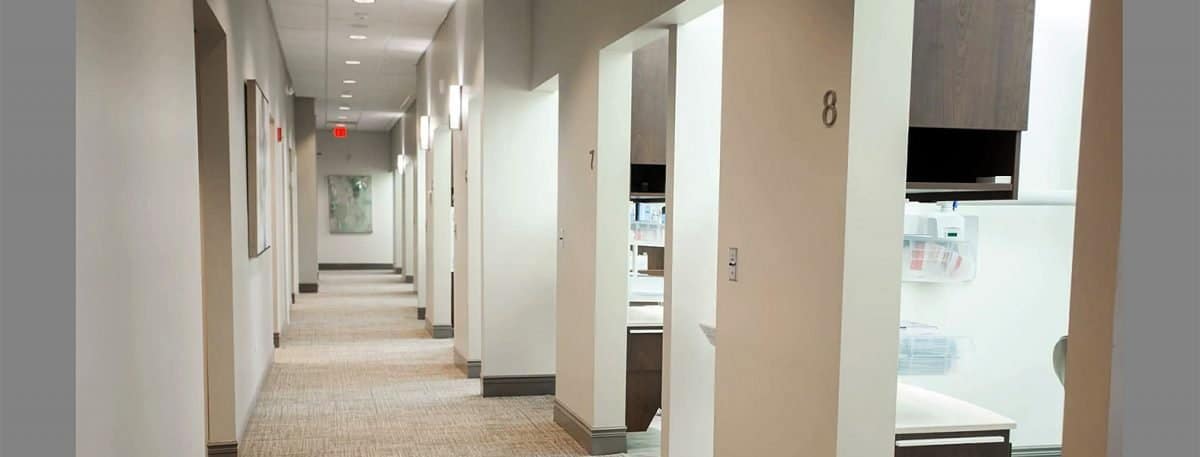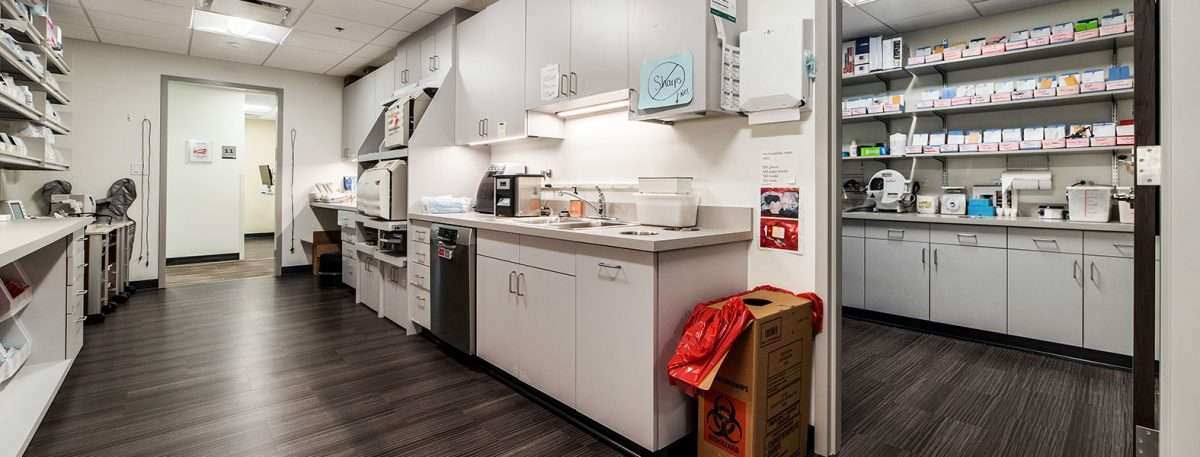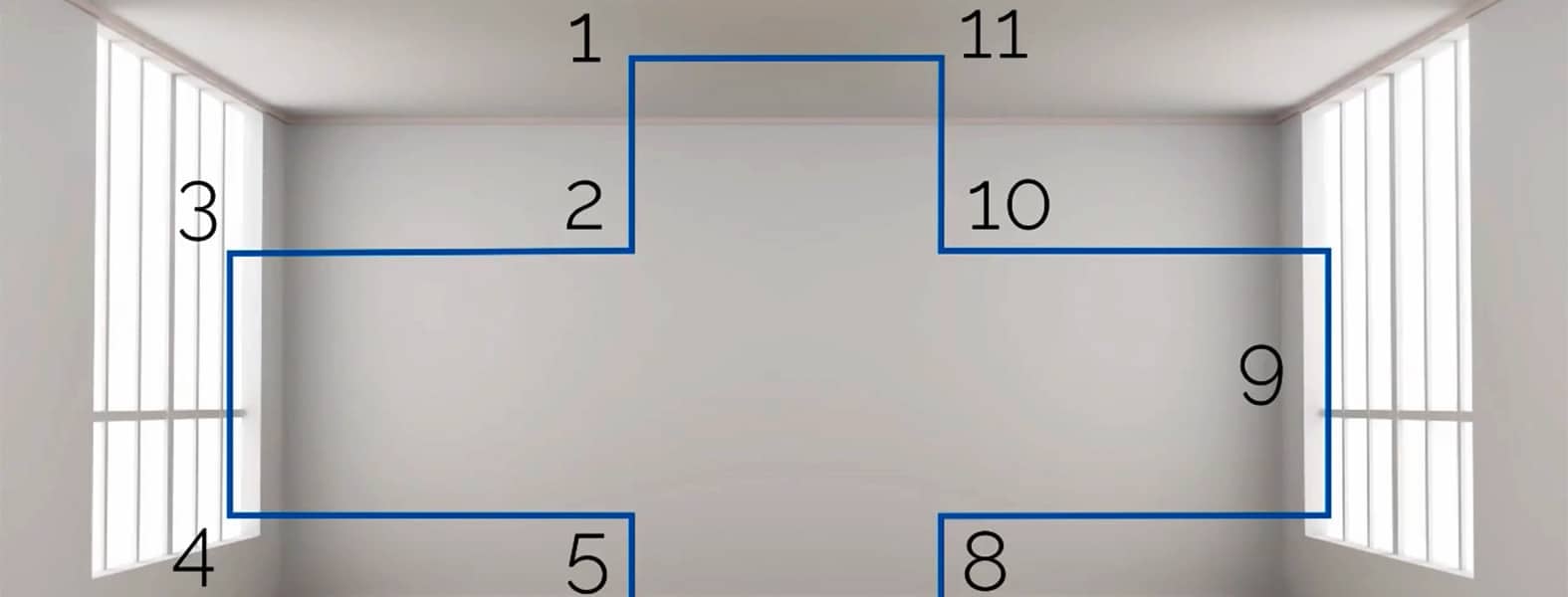How many treatment rooms should a dental office have?
March 29th, 2023
5 min. read
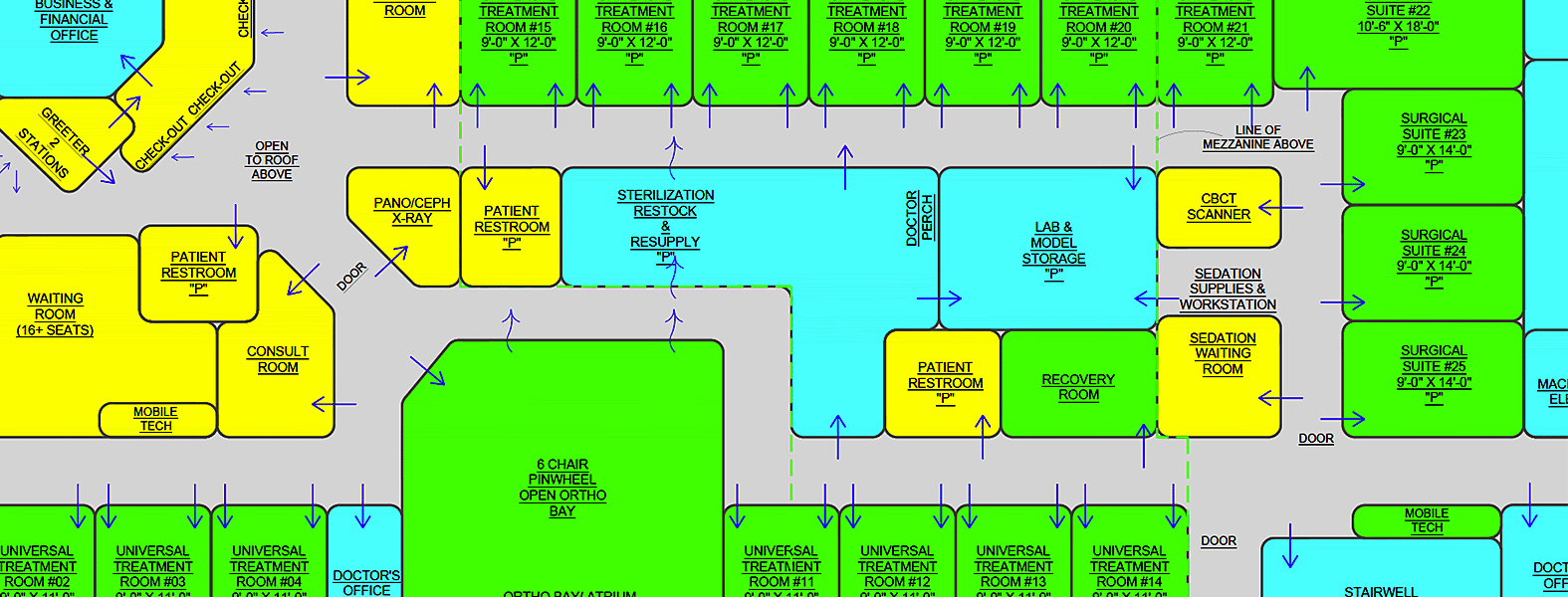
Well-run, customer-centric dental practices are seeing unprecedented growth, often with far greater demand than they’re able to accommodate. While this surge in demand for great dental care is, at times, tempered by hiring challenges for dental staff, it is still pretty extraordinary. We’re seeing many practices that have the opportunity to grow 30 to 40% per year. That’s an amazing potential for growth during what many consider to be an economic downturn in the United States. This begs the question: If you are committed to growth, how many treatment rooms (also referred to as "operatories" or "chairs" here) should a dental office have?

Westgate Dental Care was launched with 20 operatories plumbed and ready to go. 15 operatories were in use at launch and the office will fully equip the remaining 5 as the practice scales.
Over the last 25 years, I’ve been fortunate enough to build two thriving practices while also working with my team at Design Ergonomics to design thousands of the best dental offices across North America.
Our team has seen it all. Good economy, bad economy, big offices, small offices, and every dental specialty. Below are my conclusions regarding the number of operatories that you should consider for your dental office, with the understanding that whatever size office you build, it needs to be a fit for you, your temperament, and your life circumstances.
1. It's getting more difficult to maintain a small dental office
Running a small dental office is getting harder and harder. When you try to bring associate doctors into these small practices, there is simply not enough room. Millennial associates don’t want to work Thursday through Sunday while you work the beginning of the week. Nor do the millennial assistants that you try to assign to them. They also don’t even seem to want to work alone in the practice.
With a small practice, as you get towards the end of your career, you might be able to pursue a “Retire in Practice” strategy and slowly wind down your business. However, it is extremely difficult to maintain a solo practice and, at the same time, keep up with technology as Dentistry advances. You may find that the good patients leave, and you end your career in a way that certainly would not be considered a legacy. To be blunt, the danger here is of becoming an old doctor hanging out with long-time patients who don’t know enough to leave.
2. Ten-chair dental offices can be easy to manage
If you want to grow a practice that will continue to have room for new patients and not have to be the doctor who is there all the time — you probably need 8 to 10 chairs. Three for you, at least two for your hygiene, room for the associate to have two rooms, and then room to add more hygiene. Because they have redundancy, 10-chair practices aren't hard to staff or manage. They have a great deal of treatment capacity but can generally run on one of each (expensive) high-tech item, like Cerec, high-tech Endo, and Cone Beams. It's easy to support 3, or possibly even 4, doctors in a 10-chair practice.

A 10 operatory dental office floor plan. With 10 operatories, you have room for new patients, and scheduling flexibility.
So, here’s where things get interesting. Once you learn to run the 10 or 12 chair and run it in a customer-centric way, what happens next? Do you buy the practice in the next town, or do you expand the first practice to become the mothership of something in the future? The answer to this is clearly, it depends! And so here’s the conundrum.

A 12 operatory dental floor plan with enough room to expand to 17 operatories
The 10 chair isn’t big enough to act as a specialty mothership. Sure, you could rotate some specialist through, but they simply displace what’s already there that had a higher payout percentage for you. If on the other hand, you build or buy a 6 to 7 chair in the next town what do you get? A little more temporary staffing flexibility and associate doctors who are there on an island and don’t fully own your culture and perhaps dream about stealing your best staff and moving to the next town. I doubt that’s the outcome you’re planning.
After seeing this play out many times, my opinion is that, if possible, expanding the home office into a mothership and dominating an area is the easier next step. You can control the culture, create training systems that can be monitored, permit the kind of staffing flexibility that is required today and, if so desired, accommodate specialty practice.
3. At thirty operatories, the wayfinding needs to be perfect
So, assuming adequate patient attraction, we’re back to the central question: How big is too big? To answer this, let’s look at the boundaries and work backwards. In my experience, 40 treatment rooms seems to fold in on its own weight. You waste a large percentage of your square footage on hallways. Communication tends to be more of a problem. Waiting areas become just that — a place to wait. As a result, the front desk gets broken up and impersonal. It doesn’t have to be, but this is the tendency.
30 treatment rooms, on the other hand, if very carefully planned, can work well. But the patients have to feel right about what you create. In a 30 operatory practice, the wayfinding of the design has to be perfect, so the customer never feels lost. It’s totally doable, but you have to be very careful. You need to simultaneously break up the feel, and make navigation easy for both customers and staff.

A floor plan for a super-efficient 24 op practice. Patient and staff flow is carefully optimized.
So 30 operatories can be made to work with special considerations and planning. What about 25 operatories? 25 rooms is a bit of a tweener. They can be great if you pursue a plan similar to your 30 op and it is easier to make it feel cozy from a patient comfort standpoint. However, you could actually run out of rooms pretty quickly for some of your specialty practitioners if this is to become a multi-specialty hub. So you need to be ready to accommodate those specialists, or plan to compete with them across town.
4. Twenty operatories is often the sweet spot
Let’s move to something a bit smaller. Creating a comfortable and highly successful 20 chair is often quite easy. If you expand that ten op quickly, I would suggest that you don't think about expanding it to a 15 or 16 op (which is how everybody thinks!) Think about 20 and plan for your dental practice expansion. If okay to be scared. Build out 15 of the 20 rooms and make sure you have enough space for the full 20 under the same roof. We have doctors like Dr. Peter Kics of Westgate Dental Care, who do this all the time, and it just plain works. If you’re nervous, maybe it would give some peace of mind to know that you have the option to rent out this extra space if for some reason your expansion cannot continue, although personally we’ve never seen that happen.
With 18 to 20 treatment rooms, you have a community and command your region and its mindshare. It could be the mothership and customer service hub for acquired practices and even be converted to a specialty hub if you grow spoke GP practices around it. It becomes your training center, and new staff members begin practice there. This is where they learn your systems, your techniques, and your culture.
So there you have it. 40 chairs is entirely possible, but can become too unwieldy if you’re not careful. 30 chairs is great for a big office if very carefully planned. 20 treatment rooms can actually be quite easy and seems to be the sweet spot for a lot of practices. And, if you think that 20 sounds too big, just build for 20 and equip for 10, and then expand over time. If you’ve learned to focus on the customer, you’ll see the need to fill those extra ops in no time and never regret having planned, and built for, the extra capacity.
If you’d like more information about how to design to scale, please feel free to reach out to my team. I understand how you feel about the choices that you need to make, because I've made them in my own two practices. I don’t know any other dental office designer - anywhere - that can say that. We hope to work with you to create the dental practice of your dreams.
You may also be interested in:
The Math of Dental Practice Growth
The average concept-to-completion time-frame for construction is nine to twelve months. By the time you need to bring on an associate with two-to-three rooms of their own, if you haven’t started planning for it, you’re already a year behind.
Read more
Topics:



.jpg?width=1280&height=720&name=maxresdefault%20(5).jpg)
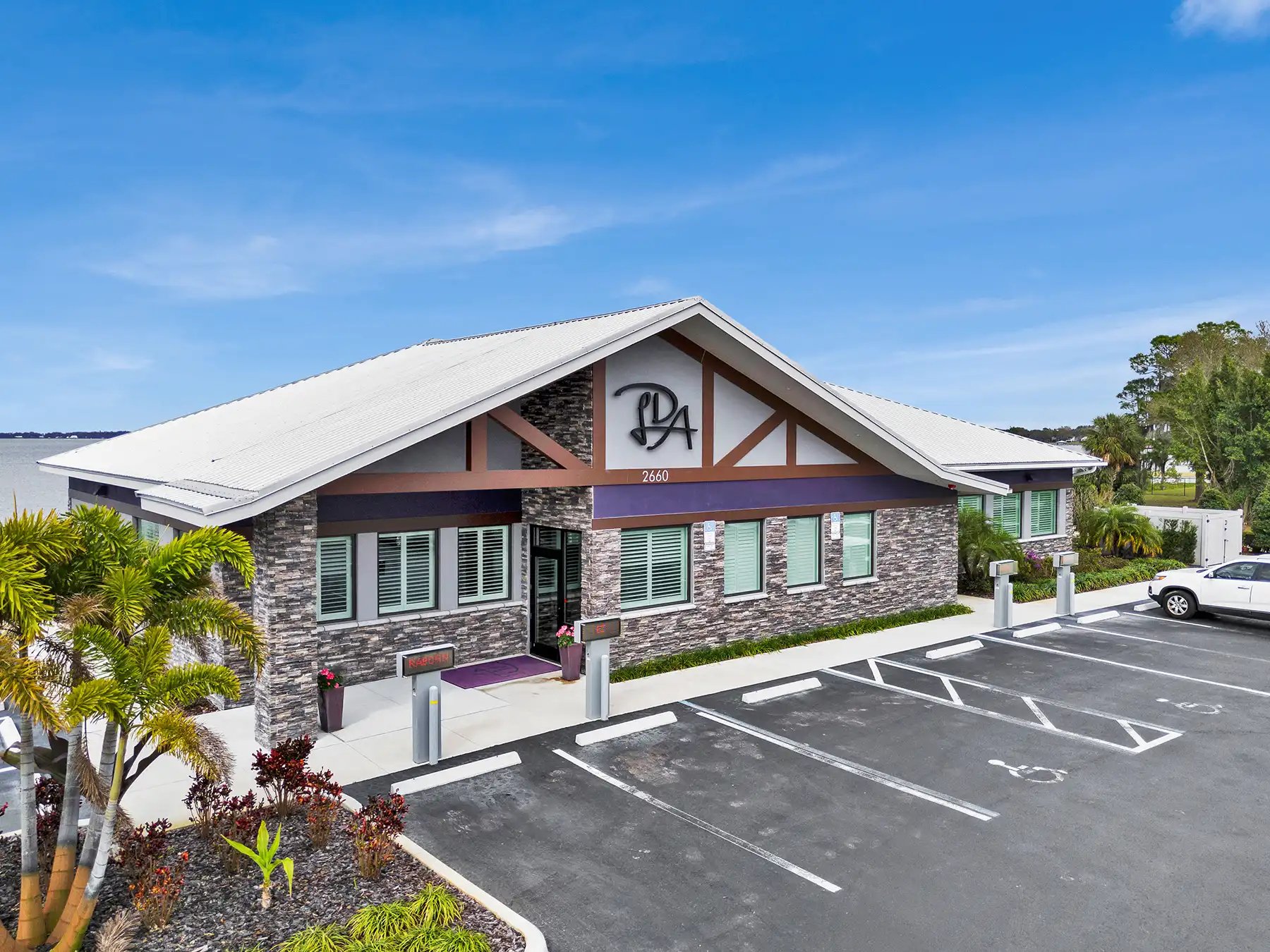
%20(648%20x%20324%20px)-1.png?width=648&height=324&name=cost%20pyramid%20featured%20image%20(3.125%20x%201.823%20in)%20(648%20x%20324%20px)-1.png)
